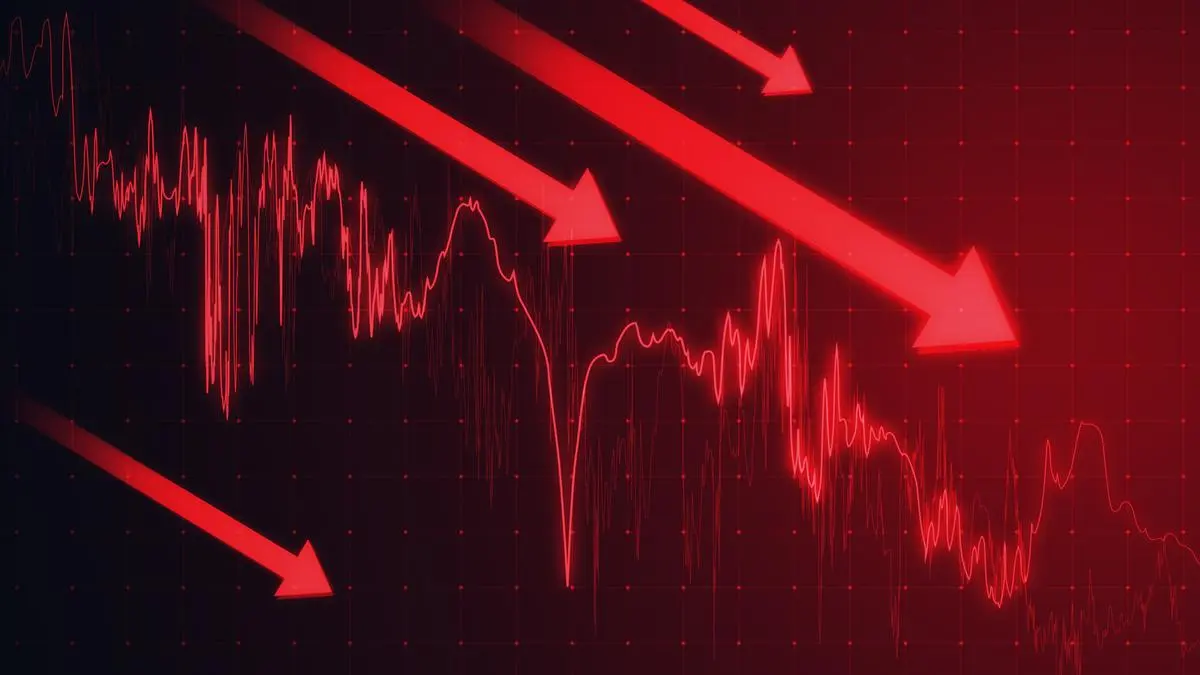By Paul Wahmann, SVP Middle Office Services, Ultimus Fund Solutions
When asset managers open for business the Tuesday after Memorial Day weekend 2024, the settlement period for most U.S. and Canadian securities transactions will be a single day (T+1). Whether or not you’re worried about your firm’s ability to meet the May 28 date is likely dependent on the efficiency of your trade settlement operating model. Foundational to your successful preparation is accurate and readily available data. As settlement deliverables such as allocation and affirmation deadlines compress, asset managers’ abilities to react to trade exceptions caused by inconsistent and real-time data from their trading counterparties and custodians will undoubtably increase their risk of failed settlements, and the downstream resulting liquidity challenges this presents.
Handling Exceptions
Earlier deliverables on trade-date mean less time to identify and correct exceptions, even in the U.S. market where affirmation is prevalent for equities and fixed income instruments. If you or your trading brokers do not maintain accurate standing settlement instructions (SSIs) ahead of time and are waiting until the end of the day to review exceptions, there will be limited time to make the necessary adjustments. Identifying an incorrect SSI late on trade date may also require sending a cancel/correct instruction to a custodian past their trade processing deadlines.
Additionally, many asset managers have historically relied on custodian banks to provide updates on trade status as settlement date approaches. This usually entails firms to manually retrieve data from custodian web-portals, or assimilate reporting from their custodians, usually with inconsistent data and only on a periodic “batch-cycle” basis.
Trade Data Efficiencies
This sounds like a daunting task to achieve within an increasingly tightening window as the go live date approaches. Fortunately, much of the preparation is being done by both the broker community and custodian banks to make critical trade data such as SSIs and trade status more efficient and real-time. The introduction of the Central Securities Depositories Regulation (CSDR) across many EU markets in 2022 has already set the bar for both securities firms and custodians to improve their efficiency in the settlements space, and many of the resultant changes are providing value as we march towards T+1:
- Custodian bank’s improvement in offering real-time reporting capabilities for trade status and failed trade resolution are often now available through interfaces directly with market participant’s order management systems or settlement workflow platforms via secure mediums such as Society for Worldwide Interbank Financial Telecommunications (SWIFT) messaging and Application Programming Interfaces (APIs).
- Industry standard market settlement utilities such as Depository Trust & Clearing Corporation (DTCC) ALERT are offering enhanced maintenance and communication of SSIs across the asset manager, broker and custodian bank communities to facilitate greater sharing of accurate account and SSI details electronically.
- Increased eligibility of Global Custodian (GC) Direct offerings by custodian banks to electronically manage SSIs on behalf of their asset manager clients, thus allowing custodians to proactively update their clients of broker SSI and pending market changes.
- Industry testing cycles are open, but the clock is ticking. Custodian banks, along with the leading market utilities and technology vendors have established steering groups and testing cycles covering all aspects of the T+1 settlement lifecycle, including allocation, affirmation, instruction and scenario-based testing such as corporate actions and foreign exchange. Market testing initiatives are ongoing, but asset managers need to engage with their custodians and service providers now before these windows close.
Key questions to consider:
- Where are you currently maintaining your SSIs? Are they within your order management platform, utilities such as ALERT, or off-line?
- Are you actively engaged with your technology and service provider partners to put a plan in place for enhancing data efficiencies prior to live date? Have your partner providers communicated their readiness plans for T+1?
- Have you inquired with your custodians to see if your accounts are eligible for GC Direct?
- Have you evaluated your ability to consume real-time trade status from your custodians via SWIFT or other automated interfaces direct to your settlement workflow platform or OMS?
It’s important to be prepared NOW. It’s time to implement the required operational model updates and necessary testing well before these market changes take effect.
Flexible Outsourced Solution
To future proof your operating environment, one option is co-sourcing to help solve for this readiness. Ultimus’ flexible outsourced operational and technology driven trade settlement and middle office solution can help firms prepare for these regulatory changes. With an advanced technology platform, access to the SWIFT messaging network with direct interfacing to key matching and settlement instruction management utilities, flexible service modules and experienced industry professionals, Ultimus is available to assist firms in creating an optimized operating model and help prepare asset managers for these upcoming regulatory hurdles.
If you would like to future proof your operating model and discuss your trade settlement processes to solve for these new requirements, please contact us for assistance with your T+1 preparations today.
The views and opinions expressed herein are the views and opinions of the author and do not necessarily reflect those of Nasdaq, Inc.







































.png?1859638361)